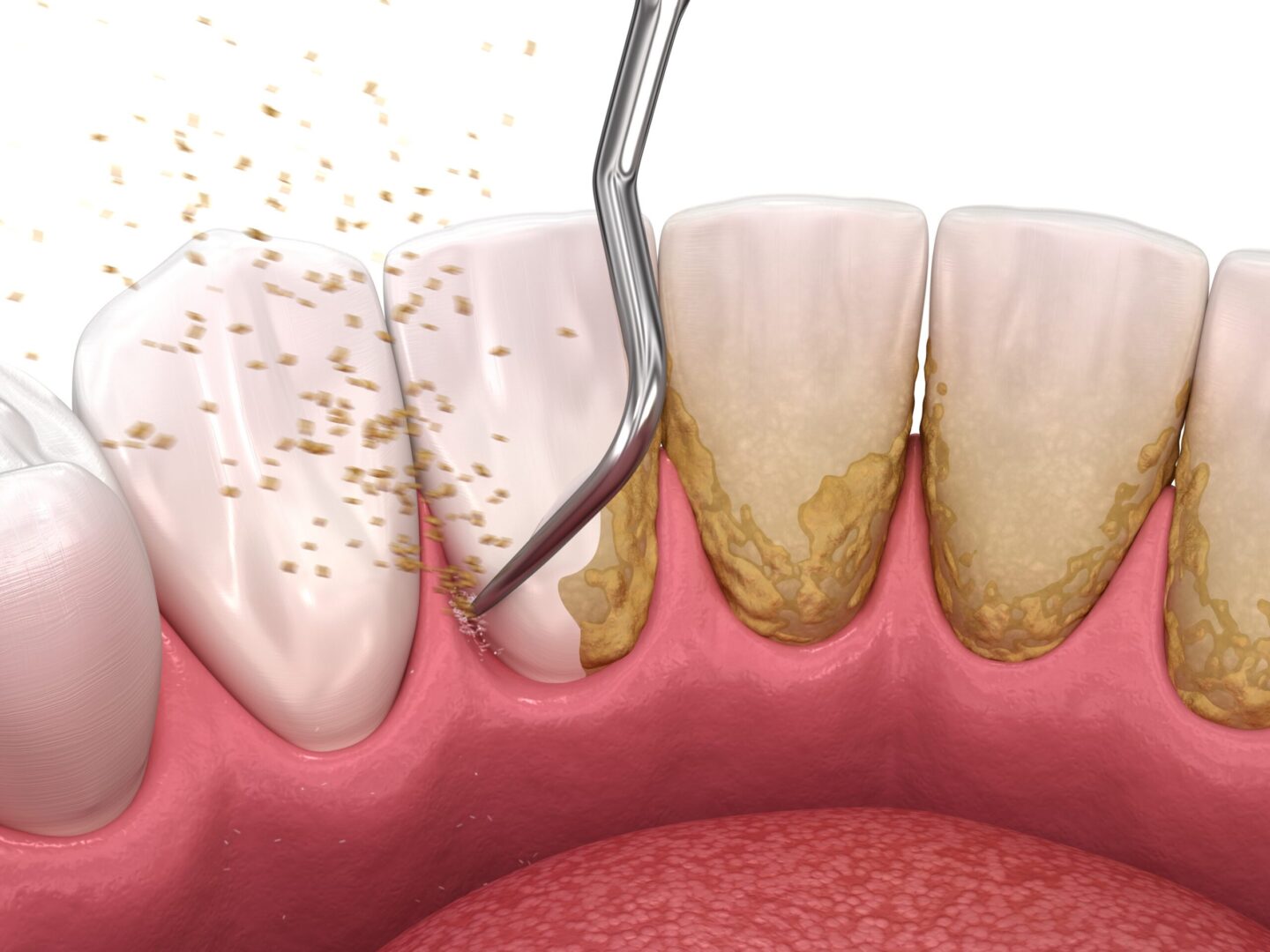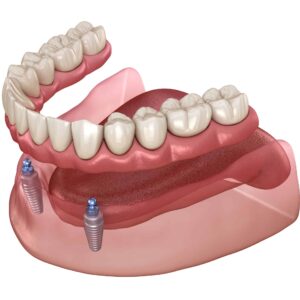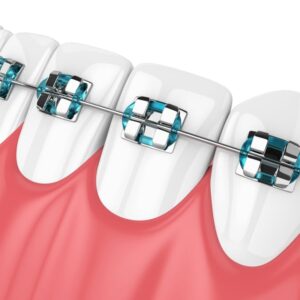Description
Familiarity with Treatment
Root planing is a dental procedure that focuses on the thorough cleaning and smoothing of the root surfaces of the teeth. It is typically performed as part of periodontal therapy to treat gum disease and promote gum tissue healing.
Procedure
During root planing, the dentist or dental hygienist uses specialized instruments to access the root surfaces of the teeth and remove plaque, tartar, and bacteria. The procedure aims to eliminate the rough and irregular surfaces of the roots, which can harbor bacteria and contribute to gum disease. Smoothing the root surfaces helps the gums reattach to the teeth and promotes the healing process.
Who is it Suitable For?
Root planing is suitable for individuals with gum disease, specifically those with deep periodontal pockets and significant plaque and tartar buildup below the gum line. It is an essential treatment for managing and controlling gum disease.
Who is it Not Suitable For?
Root planing may not be suitable for individuals with certain medical conditions or those who may have specific contraindications related to dental procedures. It is important to consult with a dental professional to determine the most appropriate treatment approach based on individual circumstances.
Advantages
- Gum Disease Management: Root planing is an effective treatment for managing gum disease by removing the bacteria, plaque, and tartar that contribute to its progression.
- Promotes Healing: The procedure helps to restore and maintain healthy gum tissues, promotes gum reattachment to the teeth, and supports the healing process.
Complications
- Postoperative Sensitivity: Some individuals may experience temporary tooth sensitivity following root planing, particularly if the gum tissues were inflamed or if the procedure involved deep cleaning.
- Gum Irritation: In some cases, the gum tissues may become temporarily irritated or inflamed after the procedure, but this typically resolves within a few days.
Preoperative Care
Preoperative care for root planing may involve discussions about the procedure, potential risks, and the importance of maintaining good oral hygiene practices. In some cases, preoperative periodontal treatment may be recommended to optimize the condition of the gums before root planing.
Postoperative Care
Following root planing, individuals should closely follow postoperative care instructions provided by the dental professional. This may include guidelines for oral hygiene, managing any postoperative discomfort, and scheduling regular follow-up appointments for ongoing periodontal maintenance.






Reviews
There are no reviews yet.